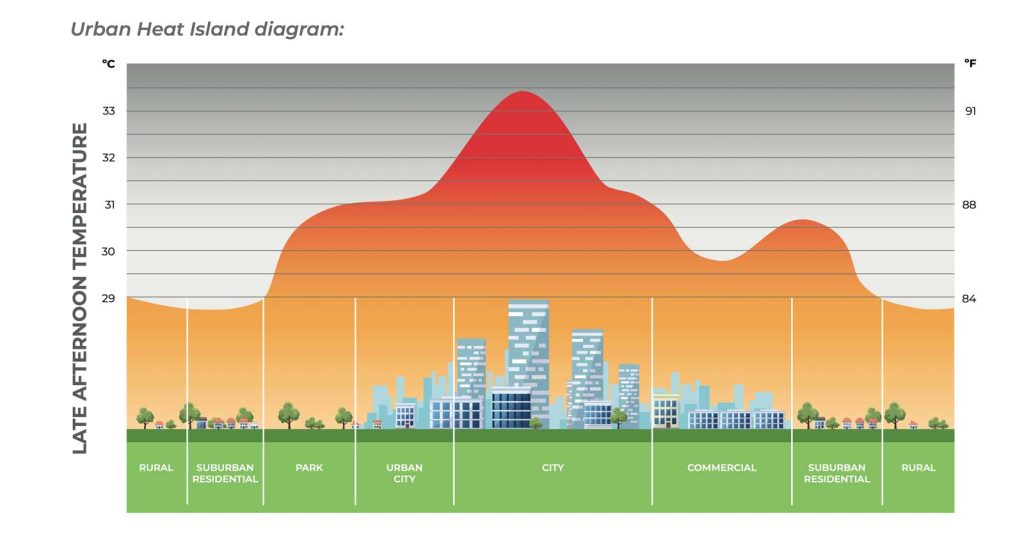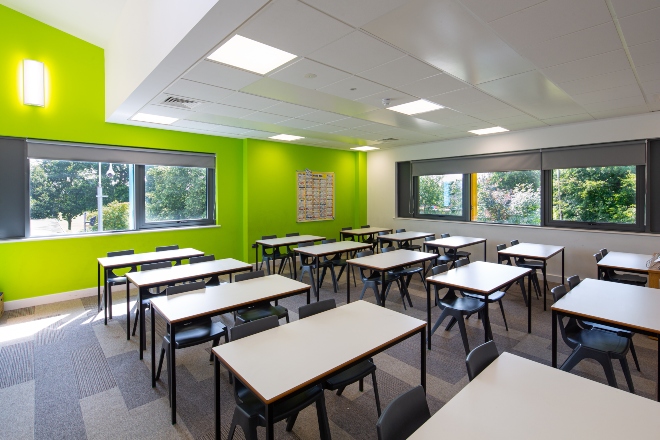Choosing eco-friendly, green windows for schools has a far-reaching positive impact on the environment and supports sustainable practices that benefit both students and staff. Green windows, designed with energy efficiency, durability, and eco-conscious materials in mind, help reduce a school’s carbon footprint, conserve energy, and improve indoor air quality. This article explores the environmental benefits of green window choices for schools and how they support long-term sustainability goals.
1. Reduced Energy Consumption and Carbon Emissions
Green windows are built with energy efficiency in mind, meaning they use less energy to maintain comfortable indoor temperatures. These windows are typically designed with features like Low-E coatings, double or triple glazing, and thermal break frames, all of which minimize heat loss and reduce the need for heating and cooling.
- Environmental Impact: By using less energy, schools reduce their reliance on fossil fuels, which lowers greenhouse gas emissions. This helps combat climate change, creating a more sustainable future for students and the community.
- School Benefits: Reduced energy consumption directly lowers utility bills, saving schools money on operational costs. Additionally, lowering carbon emissions supports eco-friendly school policies and demonstrates a commitment to environmental responsibility.
2. Improved Indoor Air Quality
Many green window options are designed to support better indoor air quality. Natural ventilation, a key feature in green windows, allows fresh air to circulate while reducing the reliance on HVAC systems. Some energy-efficient windows also come with non-toxic frames and finishes, which contribute to a healthier indoor environment.
- Environmental Impact: By reducing dependence on HVAC systems, green windows decrease indoor pollution caused by poor air circulation and excessive use of mechanical ventilation. Enhanced natural ventilation improves air quality and reduces indoor allergens and pollutants.
- School Benefits: Improved air quality helps reduce health issues such as asthma, allergies, and fatigue, leading to fewer sick days and a healthier learning environment for students and staff.

3. Resource Conservation with Sustainable Materials
Green windows are often made from sustainable materials like recycled aluminum, sustainably sourced wood, and fiberglass. These materials are chosen not only for durability but also for their lower environmental impact during production and end-of-life recyclability.
- Environmental Impact: Using sustainable and recyclable materials reduces the need for new raw materials, conserving natural resources and minimizing waste in landfills. Sustainable materials also require less energy to produce, reducing environmental pollution and resource depletion.
- School Benefits: Choosing windows made from durable, eco-friendly materials means fewer replacements over time, saving money on repairs and maintenance. Additionally, sustainable materials align with schools’ efforts to promote green building practices and reduce waste.
4. Decreased Waste Through Long-Lasting, Low-Maintenance Designs
Green windows are designed to be highly durable and low-maintenance, requiring fewer replacements and repairs over their lifespan. Features like weather-resistant frames, durable glass coatings, and shatterproof materials help them withstand daily wear and various weather conditions.
- Environmental Impact: Low-maintenance, long-lasting windows reduce waste, as fewer materials end up in landfills. By minimizing the need for replacements and repairs, green windows contribute to a more sustainable lifecycle, with fewer resources expended on manufacturing, transport, and disposal.
- School Benefits: Schools benefit from reduced maintenance costs and fewer disruptions, as durable windows require minimal upkeep. Long-lasting windows also enhance building longevity, making them a cost-effective choice for educational facilities.
5. Reduced Heat Island Effect
Green windows with advanced thermal insulation help lower the heat island effect, particularly in urban areas. By reducing the amount of heat absorbed and radiated by buildings, these windows contribute to a cooler surrounding environment.
- Environmental Impact: Reducing the heat island effect lowers urban temperatures, which can decrease energy demand for cooling systems across entire communities. This helps reduce greenhouse gas emissions and improves air quality, creating a healthier urban environment.
- School Benefits: Schools in densely populated areas benefit from cooler building temperatures, reducing the load on air conditioning and lowering energy costs. This creates a more comfortable learning environment and reduces the school’s overall environmental footprint.

6. Enhanced Natural Lighting Reduces Artificial Lighting Needs
Many green windows are designed to maximize natural light, reducing the need for artificial lighting during daylight hours. This not only saves energy but also creates a brighter, more inviting learning environment.
- Environmental Impact: Reducing the need for artificial lighting cuts electricity consumption, resulting in lower carbon emissions. Relying more on natural light also decreases the demand for power from non-renewable sources, promoting a cleaner, greener energy footprint.
- School Benefits: Natural lighting has been shown to improve mood, productivity, and focus, benefiting students and staff alike. Lower reliance on artificial lighting also reduces electricity bills, contributing to school-wide energy savings.
7. Contribution to Green Building Certifications and Eco-Friendly Goals
Choosing eco-friendly windows supports a school’s eligibility for green building certifications, such as LEED (Leadership in Energy and Environmental Design). These certifications recognize buildings that meet high environmental standards, promoting sustainability and resource efficiency.
- Environmental Impact: Green building certifications encourage the adoption of eco-friendly practices, leading to reduced energy use, waste minimization, and conservation of natural resources on a large scale. Certified buildings help drive a shift toward sustainable construction, benefiting the environment.
- School Benefits: Green certifications enhance the school’s reputation and demonstrate a commitment to environmental stewardship, which can attract funding, partnerships, and support from the community. Additionally, certified buildings tend to have lower operational costs, thanks to their eco-friendly design.
8. Educational Opportunities and Environmental Awareness
Investing in green windows offers educational benefits by setting an example of sustainable choices in action. Schools can incorporate these eco-friendly upgrades into their curriculum, teaching students the importance of energy efficiency and environmental conservation.
- Environmental Impact: When students learn the value of sustainable choices firsthand, they are more likely to adopt eco-friendly habits and advocate for environmental protection. Green windows serve as a practical demonstration of how simple choices can positively impact the environment.
- School Benefits: By integrating sustainability into the educational experience, schools foster environmental awareness and responsibility among students. These lessons help cultivate future generations that value and practice sustainability in their own lives.

Conclusion
Green window choices for schools are a smart investment that positively impacts the environment, reduces energy costs, and supports a healthier learning environment. From reducing carbon emissions to improving indoor air quality, eco-friendly windows align with sustainability goals and set an example for students. By choosing green windows, schools contribute to a cleaner planet while creating an inviting, cost-effective space that benefits students, staff, and the community.


